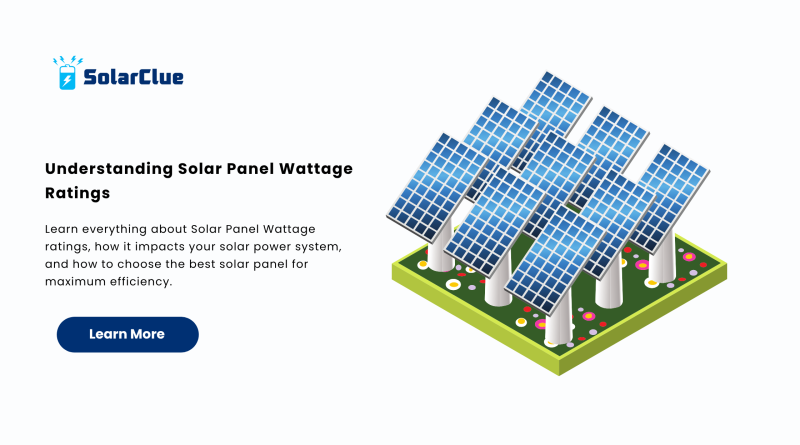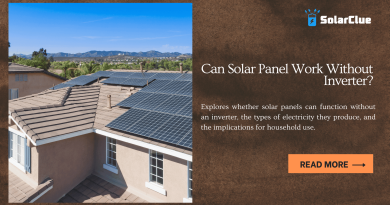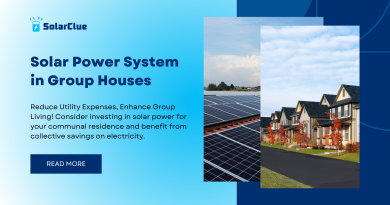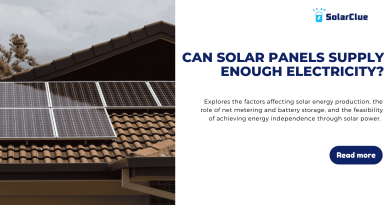Understanding Solar Panel Wattage Ratings
Table of Contents
- 1 What is Solar Panel Wattage?
- 2 Why Solar Panel Wattage Matters
- 3 Common Wattage Ratings in the Market
- 4 How Wattage is Measured
- 5 Wattage vs. Efficiency: What’s the Difference?
- 6 Sizing Your Solar Power System
- 7 Key Factors That Influence Wattage Output
- 8 Selecting the Right Solar Panel Wattage
- 9 Monocrystalline vs. Polycrystalline: Wattage Considerations
- 10 Degradation and Long-Term Performance
- 11 Reading a Solar Panel Specification Sheet
- 12 Real-World Performance vs. Rated Wattage
- 13 Installation Tips to Maximize Wattage Output
- 14 Innovations in Solar Panel Wattage
- 15 Cost Considerations for Higher Wattage Panels
- 16 Frequently Asked Questions (FAQs)
- 17 Conclusion
What is Solar Panel Wattage?
When exploring solar technology, one of the most crucial specifications to understand is Solar Panel Wattage. Simply put, it indicates the maximum amount of electricity a solar panel can produce under ideal conditions, measured in watts (W). For example, a 300-watt panel can generate up to 300 watts of power in one hour when exposed to direct sunlight.
Why Solar Panel Wattage Matters
Understanding Solar Panel Wattage is essential because it directly affects your energy output and system design. A higher wattage means a panel can generate more electricity, reducing the number of panels needed for a given energy requirement. This is a key factor in optimizing space, installation costs, and overall performance of your solar power system.
Common Wattage Ratings in the Market
The market today offers a wide range of solar panel wattage options. For residential installations, panels usually range between 300W and 450W. On the commercial side, panels can go beyond 500W. The best solar panel for your needs depends on your available roof space, budget, and energy consumption.
How Wattage is Measured
Solar Panel Wattage is determined using Standard Test Conditions (STC), which include 1000W/m² of sunlight, 25°C panel temperature, and an air mass of 1.5. These lab-based metrics provide a benchmark, though real-world performance may vary based on your location and environmental conditions.
Wattage vs. Efficiency: What’s the Difference?
A common misconception is equating wattage with efficiency. While wattage refers to the total power a panel can produce, efficiency relates to how well the solar panel converts sunlight into electricity. A 350W high-efficiency panel can perform better than a 400W low-efficiency panel in certain conditions, especially where roof space is limited.
Sizing Your Solar Power System
Calculating the correct system size is essential. For example, if your home consumes 900 kWh per month and you opt for 300W panels, you’ll need approximately 30 panels. This estimate assumes ideal conditions and must be adjusted based on location, shading, and system losses.
Key Factors That Influence Wattage Output
Even the best solar panel can underperform if environmental conditions aren’t optimal. The key factors include:
-
Hours of direct sunlight your area receives
-
Angle and direction of panel installation
-
Cleanliness and maintenance of the panels
-
Ambient temperature and seasonal weather variations
Selecting the Right Solar Panel Wattage
Choosing the right Solar Panel Wattage depends on individual circumstances. If you have limited roof space, high-wattage and high-efficiency panels make the most sense. If space isn’t a constraint, mid-range wattage panels might offer better cost-to-performance balance.
Monocrystalline vs. Polycrystalline: Wattage Considerations
Monocrystalline panels are known for higher efficiency and usually come with higher Solar Panel Wattage ratings. Polycrystalline panels are more budget-friendly but less efficient, which means you’ll need more of them to produce the same amount of energy, taking up more space.
Degradation and Long-Term Performance
Over time, solar panels degrade and lose their ability to produce power. Most panels retain about 80–85% of their original wattage after 25 years. When selecting a panel, it’s important to factor in this long-term drop in efficiency to ensure consistent power supply.
Reading a Solar Panel Specification Sheet
When shopping for solar panels, it’s important to understand the key specifications:
-
Rated Wattage (Pmax): Max power output under STC
-
Efficiency (%): Conversion of sunlight into electricity
-
Open Circuit Voltage (Voc) and Short Circuit Current (Isc): Indicators of panel performance
-
Temperature Coefficient: Shows how performance drops with rising temperature
Real-World Performance vs. Rated Wattage
Lab ratings are helpful but real-world conditions can reduce panel performance. Dirt accumulation, partial shading, and inverter losses all play a role. Always factor in these inefficiencies when designing your solar power system to avoid underperformance.
Installation Tips to Maximize Wattage Output
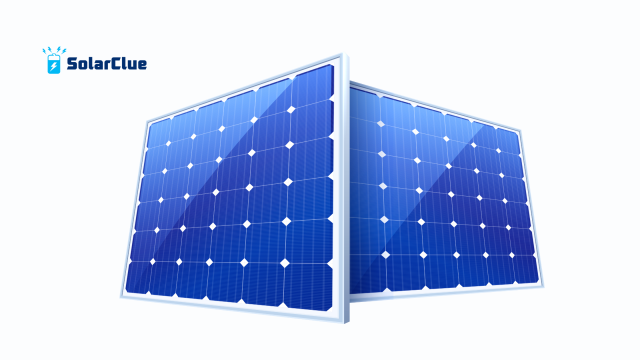
Proper installation significantly boosts system output. Some best practices include:
-
Avoiding shaded areas during peak sunlight hours
-
Installing panels at the optimal angle and orientation
-
Using microinverters or power optimizers on shaded roofs
-
Regularly cleaning the panels to maintain efficiency
Innovations in Solar Panel Wattage
Modern solar technology is evolving rapidly. Panels exceeding 600W are now entering the market, thanks to innovations like bifacial panels, N-type cells, and tandem cell technologies. These advancements promise higher output and better reliability, pushing the industry forward.
Cost Considerations for Higher Wattage Panels
Higher wattage panels usually cost more, but the value they offer in terms of reduced installation complexity and better space utilization often justifies the price. Always calculate the total cost per watt instead of just the panel cost when comparing options.
Frequently Asked Questions (FAQs)
1. What does 400W mean for a solar panel?
It means the solar panel can produce up to 400 watts of power per hour in optimal sunlight.
2. Are higher wattage solar panels better?
Yes, especially for homes with limited roof space or higher energy needs. They produce more electricity per panel.
3. How do I know how many solar panels I need?
It depends on your monthly electricity consumption and the wattage of each panel. A solar professional can help design the right system.
4. Does solar panel wattage decrease over time?
Yes. Most panels degrade slowly, retaining about 80-85% of their original capacity after 25 years.
5. Can I combine different wattage panels?
While technically possible, mixing panels of different wattages can lower system efficiency and is generally not recommended.
Conclusion
Understanding Solar Panel Wattage helps you make informed decisions about your energy needs, cost savings, and long-term performance. By considering factors like efficiency, degradation, installation, and real-world conditions, you’ll be better equipped to choose the best solar panel for your unique situation. Whether you’re a homeowner or business owner, a well-planned solar power system begins with knowledge and smart choices. Want to learn more and stay updated with cutting-edge solar technology tips? Visit our blog at blog.solarclue.com and dive into expert guidance.
Curious to see how solar can transform your energy savings? Explore our smart solutions today at solarclue.com – your future in clean energy starts here!

